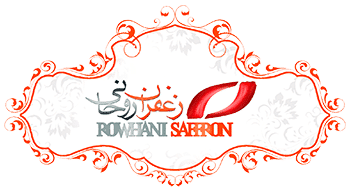 Saffron Production: The Golden Spice of Iran and the World
Saffron Production: The Golden Spice of Iran and the World
Saffron is often called “the golden spice” because of its rich color and high market value. While Iran leads the world in saffron production, its share of the international saffron trade remains small. This article examines the significance of saffron production and why Iran is known as the heart of saffron cultivation.
The Role of History in Iran’s Saffron Cultivation
Saffron, scientifically known as *Crocus sativus*, has deep roots in ancient Iran. The cultivation of saffron began over 3000 years ago in Persia. Iranian merchants introduced saffron to distant regions such as China, Greece, and Rome, spreading the knowledge of its cultivation.
Iran’s Leading Position in Saffron Harvesting
Iran is the world’s largest producer of saffron, accounting for over 85% of global production. The northeastern provinces, particularly Khorasan, play a central role. However, despite producing the highest quality saffron, Iran faces challenges in dominating the international market due to issues with branding and export management. As a result, countries like Spain process Iranian saffron and rebrand it as their own.
How Iran Became the World’s Top Saffron Producer
Many experts believe Iran is the birthplace of saffron, with the earliest cultivation dating back to ancient times. Despite Spain’s dominance in saffron exports, Iran’s production remains unmatched. However, Iran still faces barriers in capturing a larger share of the international market.
The Global Demand for Saffron
Although Iran produces the majority of the world’s saffron, Spain has emerged as a major exporter by leveraging its processing capabilities. The global saffron market is valued at over 8 billion dollars, with Spain, China, and the UAE playing significant roles. Much of the saffron that Spain exports originates from Iran, highlighting the importance of Iranian production.
The Future of Saffron in the Global Market
With global demand for saffron rising, Iran’s future in saffron production looks promising. However, to maintain its leadership, the country must address export challenges, improve branding, and enhance its market strategies.
The Key Saffron-Producing Regions of Iran
The provinces of Khorasan Razavi, Khorasan Shomali, and Khorasan Jonoubi are the primary centers of saffron cultivation in Iran. Khorasan Razavi accounts for more than 80% of the country’s saffron output, making it the world’s leading saffron-producing region.
The Unique Qualities of Iranian Saffron
The climate and soil in Iran’s saffron-growing regions provide an ideal environment for cultivating this delicate spice. Farmers in Khorasan Razavi, South Khorasan, and Yazd use a combination of ancient techniques and modern practices to produce the world’s finest saffron.
Conclusion: Iran’s Saffron Industry in the Future
As the world’s largest producer of saffron, Iran faces challenges in the export market. Nevertheless, it remains a key player in the global saffron supply chain. By focusing on overcoming export barriers and strengthening its branding efforts, Iran can maintain its position as the world leader in both saffron production and trade.







Get Social